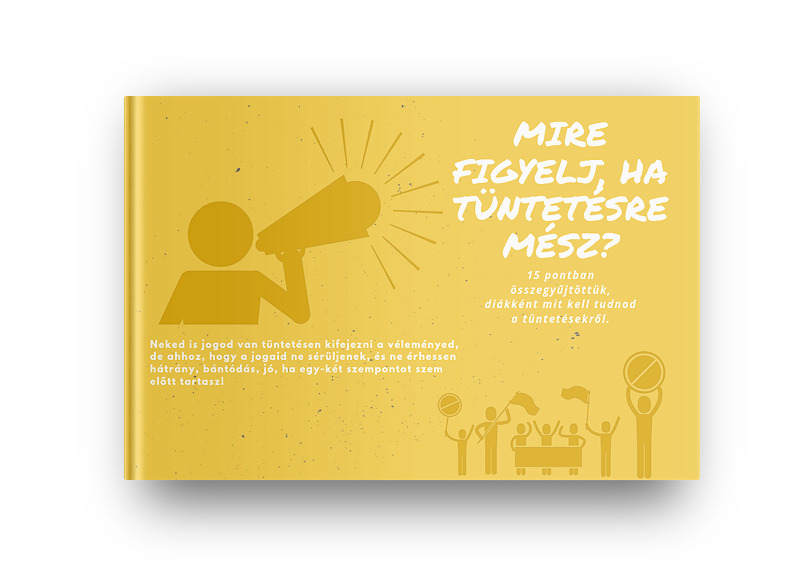The lack of a coordinating, monitoring and evaluating function for children’s rights was a persistent problem in 2022.
For years we have been writing in this foreword about the fact that we are forced to work with less and less data and information. Last year, not only have official sources almost completely dried up, but it is also striking how much less research, studies and specialist material has been produced on child rights issues. For 2022, we could hardly find any representative, comprehensive or detailed factual material on the current situation. There are more and more references to newspaper articles, which, given the extremely divided media coverage, now clearly run the risk of being politicised or at least of calling into question neutral, objective information. This is bad not only for us, but for everyone. We need quality journalism and public information, but it is a serious problem if that is all we can rely on for one issue or another. Without an understanding of the reality, without a presentation of trends, without a thorough analysis of an issue, we are all more vulnerable and more exposed, which means that at the end of the day it is the children who are worse off.
The report has been compiled to the best of our knowledge, but it cannot answer the question of what it was like to be a child in 2022. The fate of children varies greatly by region and social group, by individual circumstances, and there are many systemic factors that influence how under-18s feel in Hungary. Moreover, in many respects 2022 did not bring anything new, but only a clear reflection of the results of negative trends over many years (sometimes decades). We are now facing the consequences, while the causes and triggers remain in the past – or are now coming to a head due to years of postponement.
It’s worth reading the material in its entirety and assessing the events of 2022 in context.











